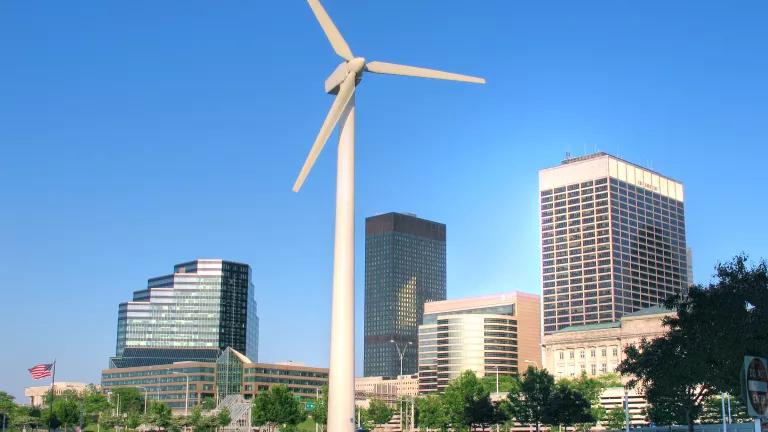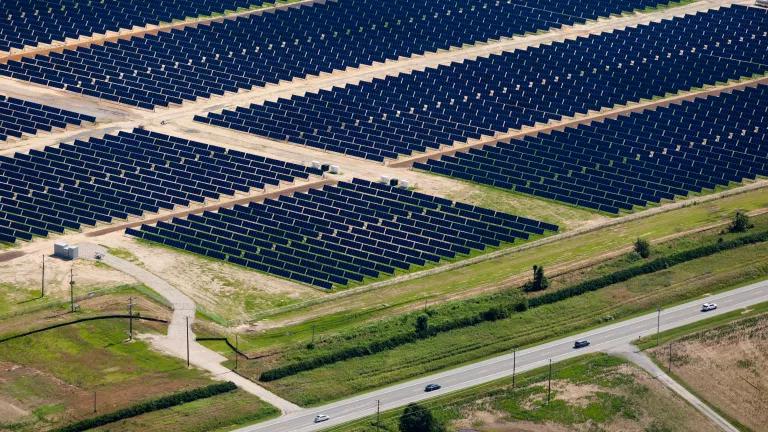
On June 2, 2014, the U.S. EPA issued the first-ever standards regulating carbon emissions from our nation's power fleet, called the Clean Power Plan. Power plants are the single biggest source of carbon pollution in the nation. In Ohio, the electric power sector accounts for approximately 100 million metric tons of CO2 emitted into the air annually. While we already limit how much arsenic, mercury, and soot power plants emit, previously there had been no such limits for carbon pollution.
EPA has developed a flexible approach that allows significant emissions reductions at low cost. The Clean Power Plan draws on a wide range of tools to reduce carbon pollution. Ultimately, EPA estimates that the proposal will reduce CO2 emissions on a national basis (via rolled-up estimates of the impact of state standards) 26 percent below 2005 emissions levels by 2020 and 30 percent below those levels by 2030.
Ohio embraced and began investing in energy efficiency and renewable energy more than five years ago; this progress has prepared the state to effectively deploy these resources in the coming years. Assuming its clean energy policies are reinstated in 2017, Ohio has the opportunity to achieve deep carbon reductions -- getting the state far down the road for hitting the interim and final targets proposed in the Clean Power Plan.
NRDC's analysis confirms that these targets are achievable. U.S. EPA incorporated in its target-setting conservative assumptions for the state's clean energy potential. But thanks to Ohio's existing energy efficiency and renewable energy requirements, the state has these resources in such abundance that it is projected to exceed EPA's assumptions years ahead of schedule.
In fact, Ohio's policies put it on the path to source more than 20 million MWh of electricity from renewable sources and to deploy over 37 million cumulative MWh of energy efficiency to the grid by 2030. These are powerful tools that represent a vast well of untapped opportunity to displace carbon emissions. And because these state-level policies are rigorously evaluated year after year by the Public Utilities Commission (PUCO) in a transparent, public process, they are guaranteed to be cost-effective for Ohio's consumers.
With these policies underway, Ohio is positioned to be a leader in the Midwest region for constructively and cost-effectively crafting a smart compliance plan -- fostering a thriving clean energy economy in the process. Ohio is up to the task.



